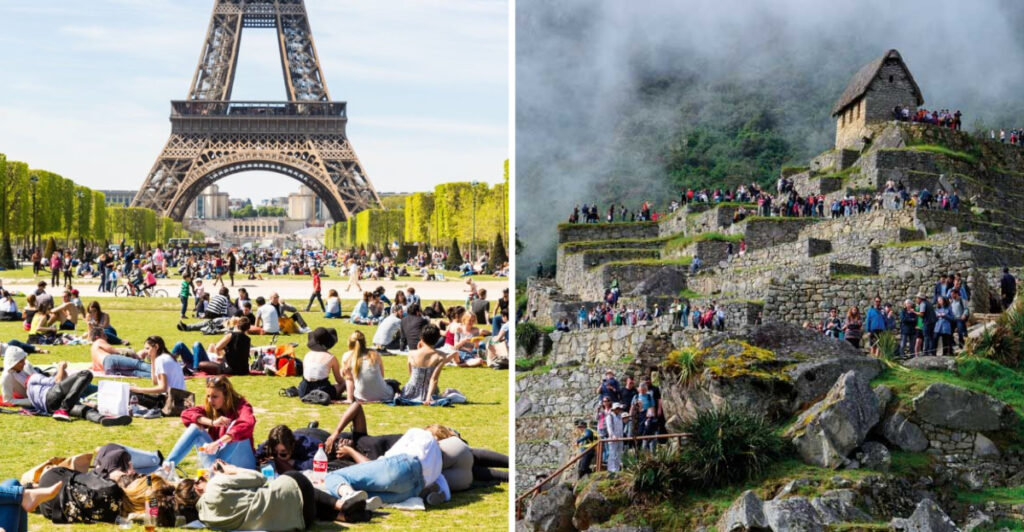Tourism often provides a boost to local economies and cultural exchange. However, the impact of overtourism can be devastating. From environmental degradation to the loss of cultural identity, the ramifications are profound. In this article, we explore 19 destinations where the charm has been overshadowed by excessive tourism, revealing the stark reality behind the picture-perfect images.
Venice, Italy
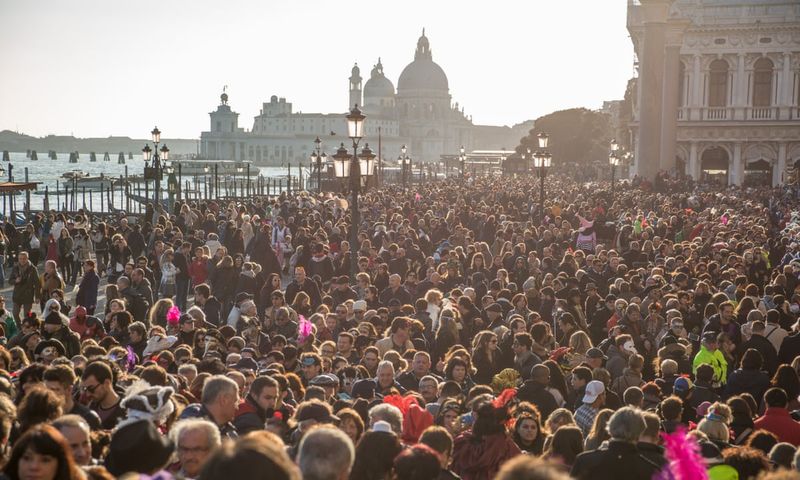
Venice is known for its romantic canals and historic architecture, but overtourism has taken its toll. The narrow waterways often crowd with gondolas filled with tourists, making it challenging for locals to navigate. Rising water levels and pollution threaten its fragile ecosystem.
The influx of visitors has also led to soaring prices, pushing residents out of their homes. You may find it hard to enjoy a quiet moment amidst the bustling crowd. Efforts are underway to manage the number of tourists, but the damage is already visible. Venice’s charm is now overshadowed by commercialization.
Machu Picchu, Peru
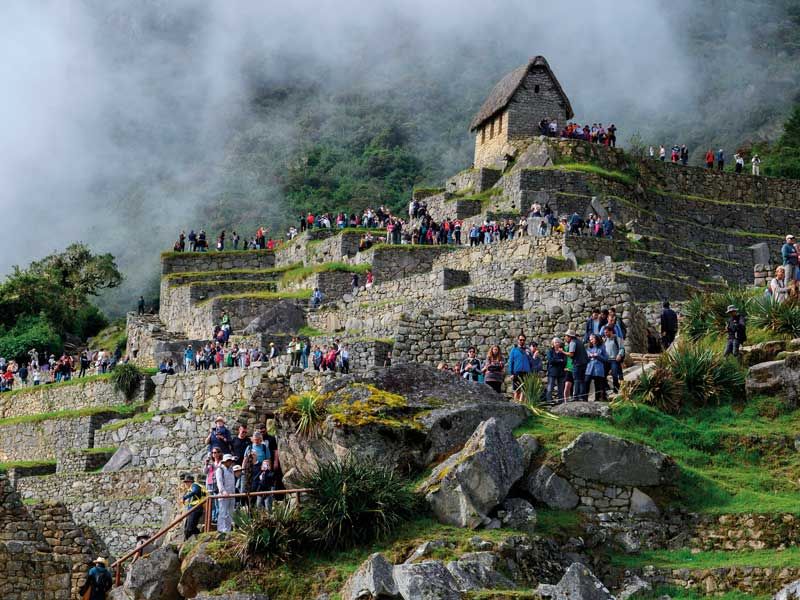
Once a symbol of ancient Incan civilization, Machu Picchu now battles the impact of tourism. Visitors trample its sacred grounds daily, causing wear. Tour guides stress the significance, yet the ecosystem feels the strain.
The breathtaking views of the Andes are often obscured by throngs of people. While efforts are made to control the numbers, the allure of this wonder is fading. Local wildlife, like the llamas, try to coexist amid the hustle. The story of Machu Picchu now includes a chapter of overexposure.
Santorini, Greece
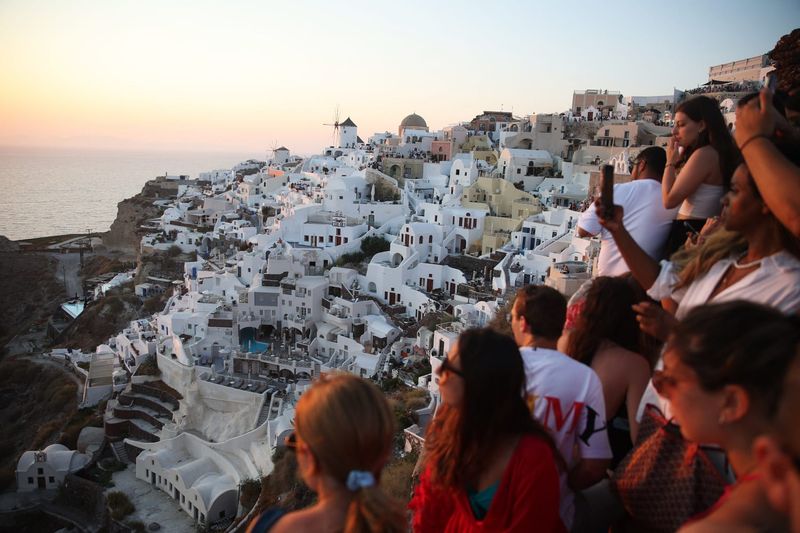
Santorini’s stunning sunsets and iconic architecture attract millions. However, the island struggles under the weight of tourism. Narrow streets fill with visitors, making a simple stroll a challenge. Residents face rising living costs and diminishing resources.
The romantic allure is mired by the constant clicking of cameras. Cruise ships bring thousands daily, contributing to environmental stress. The island’s beauty is undeniable, but the strain on its infrastructure shows cracks in the facade. Santorini’s charm is overshadowed by its popularity.
Barcelona, Spain
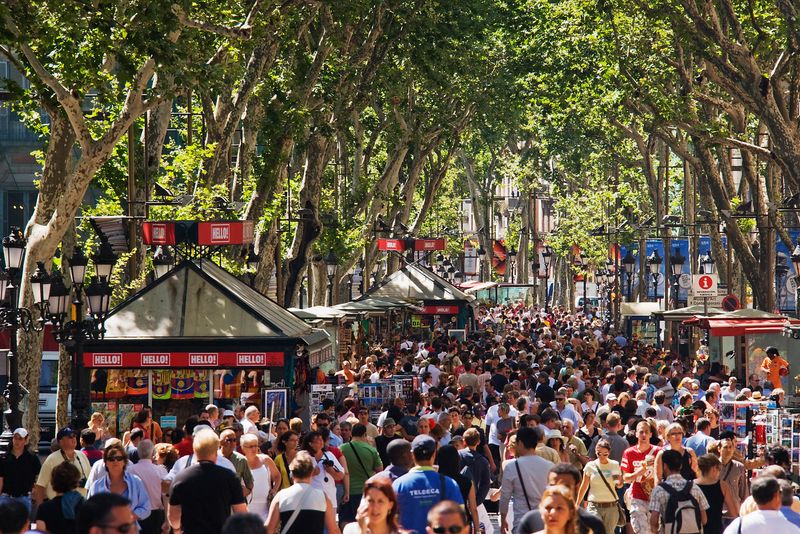
Barcelona is famed for its vibrant culture and stunning architecture, yet it grapples with the surge of tourists. La Rambla, once a leisurely stroll, now bustles with visitors. Locals express frustration over noise and congestion.
The unique buildings of Gaudí are often obscured by selfie sticks. High demand drives rental prices up, displacing residents. Efforts to balance tourism and local life continue, but the city’s soul feels lost. Barcelona’s vibrancy is muted by the tourism deluge.
Kyoto, Japan

Kyoto’s cultural heritage is renowned, yet overtourism threatens its authenticity. The serene Arashiyama Bamboo Grove now swarms with visitors, disrupting tranquility. Traditional tea houses struggle to maintain authenticity amidst mass appeal.
Visitors flock during cherry blossom season, making peaceful hanami impossible. Residents face cultural erosion as modernity creeps in. While tourism boosts the economy, it places undue stress on resources. Kyoto’s heritage feels diluted by the tourist influx.
Bali, Indonesia
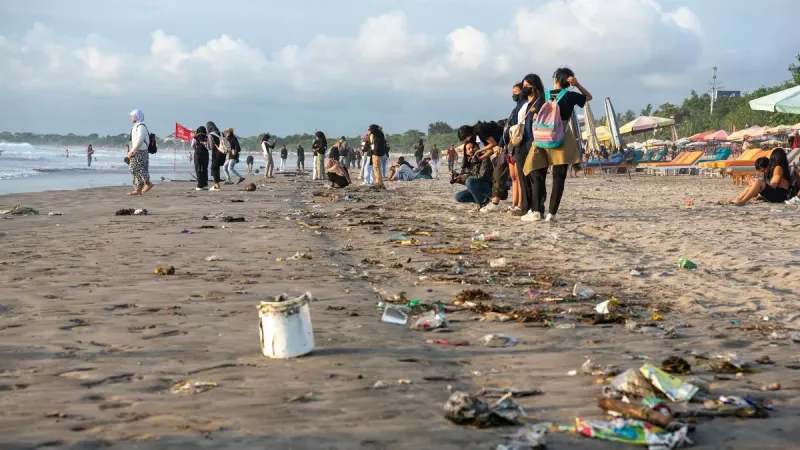
Bali’s exotic beaches and rich culture draw visitors from around the world, yet the island struggles with the impact. Crowded beaches and traffic congestion are daily realities. The island’s natural beauty is marred by pollution and waste.
Traditional ceremonies now cater to tourist schedules, diluting their meaning. While tourism supports the economy, it also threatens local traditions. The quest for paradise often leads to its unraveling. Bali’s enchanting essence feels compromised by the influx.
Paris, France
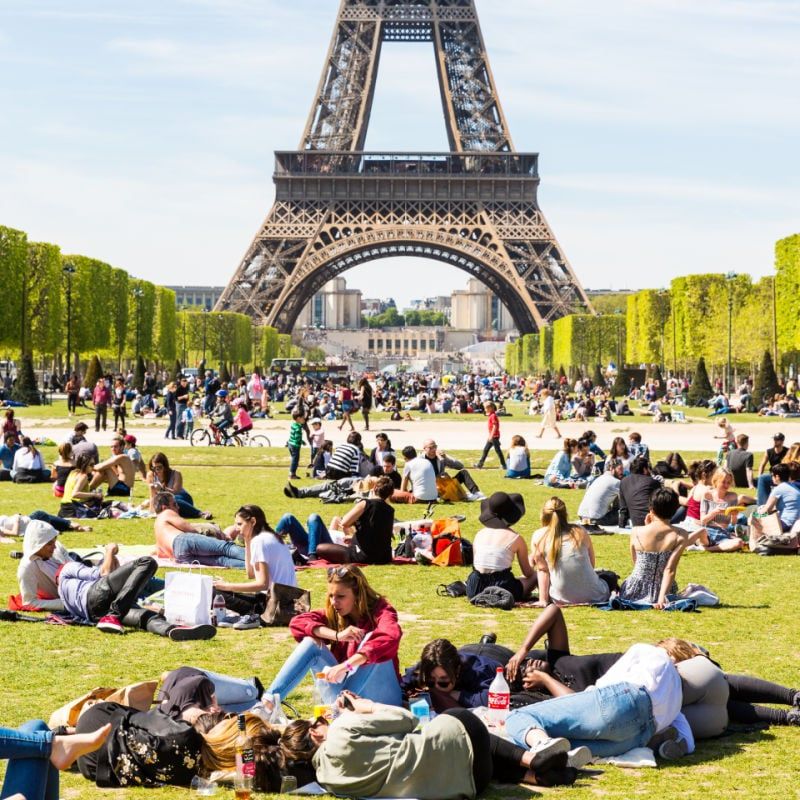
Paris, the city of love, grapples with its own popularity. Iconic spots like the Eiffel Tower swarm with visitors, overshadowing intimate experiences. Street artists compete for attention amidst the throng.
Cafes once filled with locals now cater to tourists, driving up prices. The allure of Paris remains, yet the authenticity feels diminished. The city’s charm is hard to savor when jostling with the masses. Efforts to balance tourism with local needs are ongoing, but the challenge persists.
Dubrovnik, Croatia
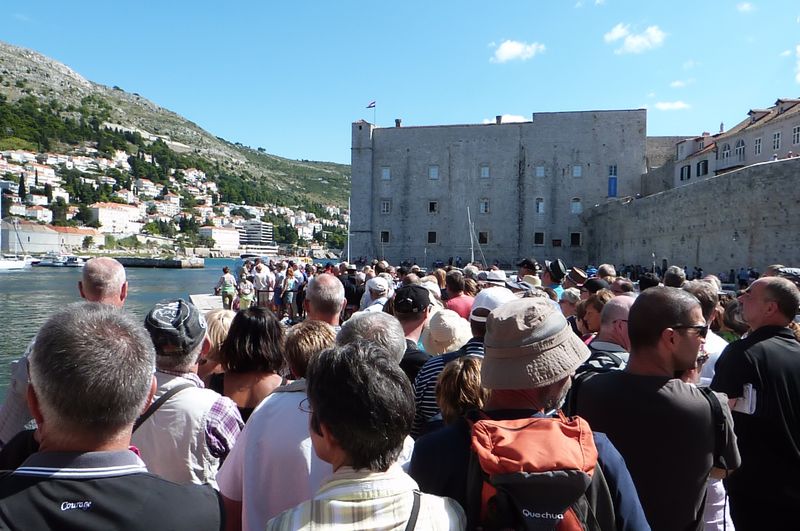
Dubrovnik, famed for its medieval charm, now faces the burden of being a tourist hotspot. The city’s ancient walls are packed with visitors, detracting from its historical majesty. The influx has driven housing costs up, forcing residents out.
Views of the Adriatic are often blocked by cruise ship crowds. Efforts to limit visitor numbers are in place, but challenges remain. Dubrovnik’s allure is overshadowed by its own success, as the balance between preservation and tourism teeters.
Reykjavik, Iceland
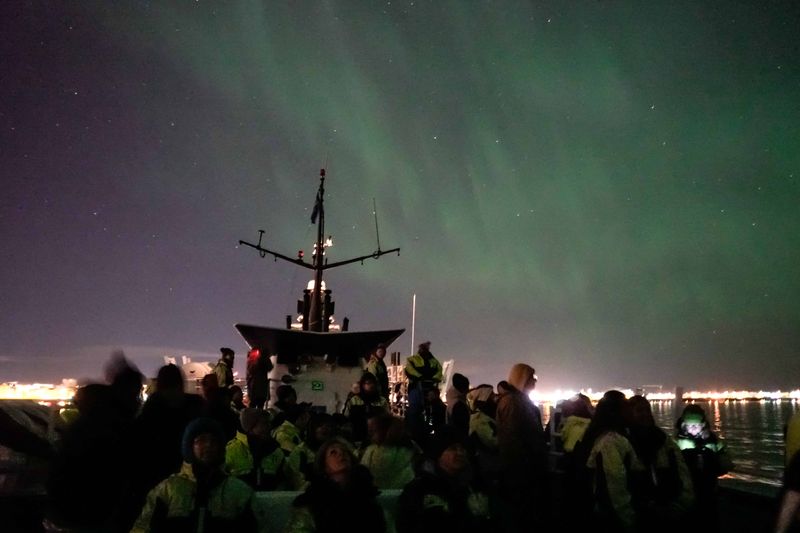
Reykjavik’s stunning landscapes and unique culture attract tourists, yet the city struggles to cope. Accommodation shortages and soaring prices impact locals. Popular sites like geothermal pools see more visitors than ever.
The allure of the northern lights is marred by crowded viewing spots. While tourism boosts the economy, it also strains resources. Reykjavik’s mystique feels diluted by its own allure, as the once isolated destination becomes mainstream.
Amsterdam, Netherlands
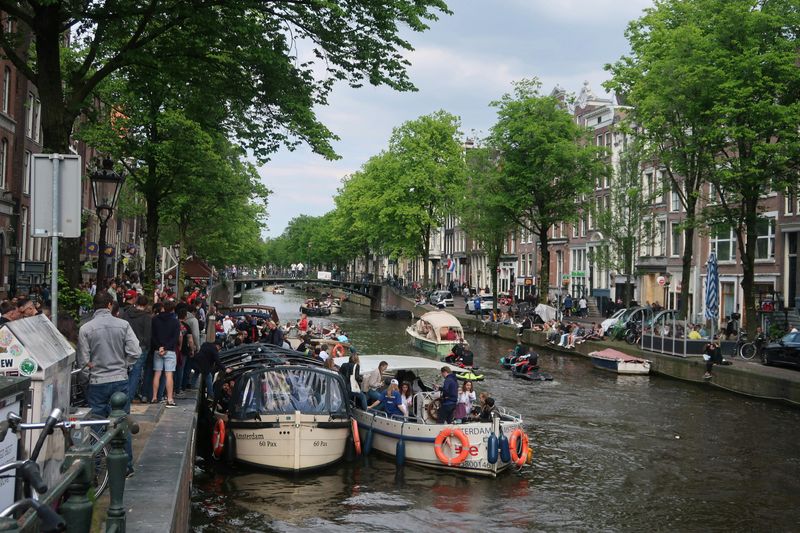
Amsterdam, known for its picturesque canals and vibrant culture, now battles overtourism. Boats filled with tourists crowd the waterways, disrupting local life. Bicycles, once plentiful for residents, compete with tourist rentals.
The famous tulips attract thousands, yet the peaceful fields are hard to enjoy amidst the crowd. Efforts to manage tourism are underway, yet the city’s essence feels overshadowed. Amsterdam’s beauty is hard to appreciate when jostling with the masses.
Cinque Terre, Italy
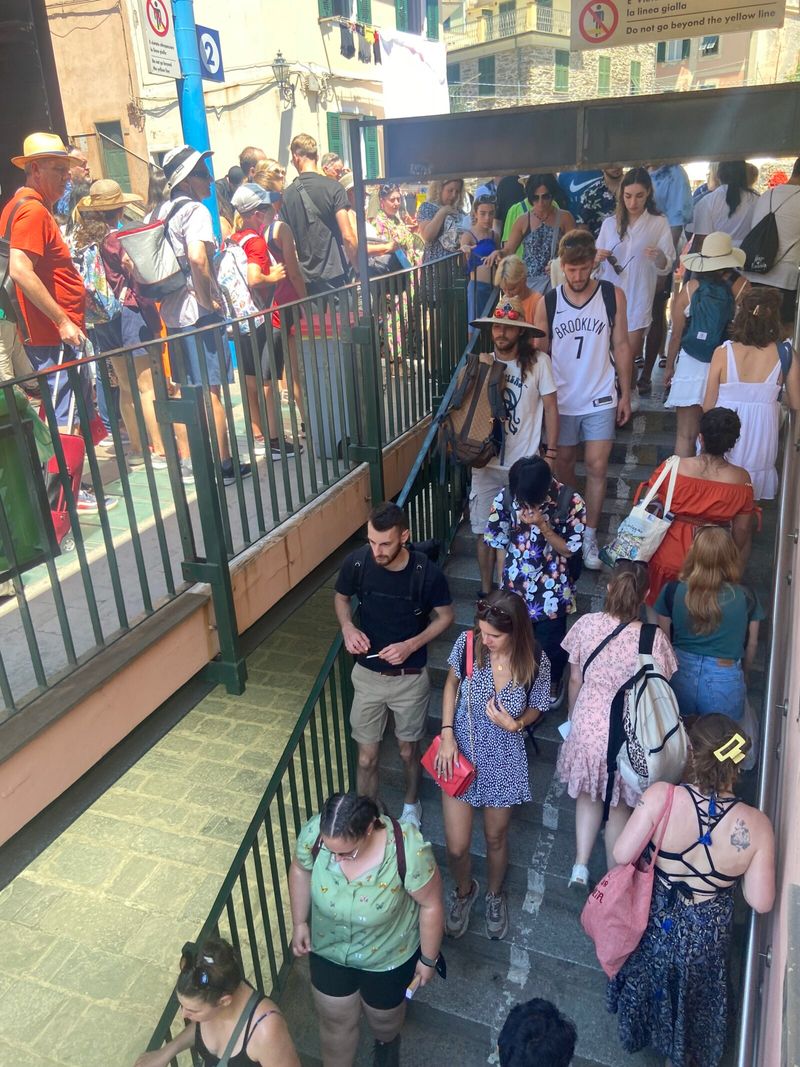
Cinque Terre’s vibrant villages and stunning vistas attract many, but the area struggles with tourism stress. Hiking trails, once serene, are now crowded, impacting the natural landscape. Visitors often outnumber residents, straining resources.
The charm of these cliffside towns feels overshadowed by commercial interests. While tourism sustains the economy, it threatens the area’s authenticity. Cinque Terre’s picturesque allure is marred by the realities of its popularity.
Phuket, Thailand
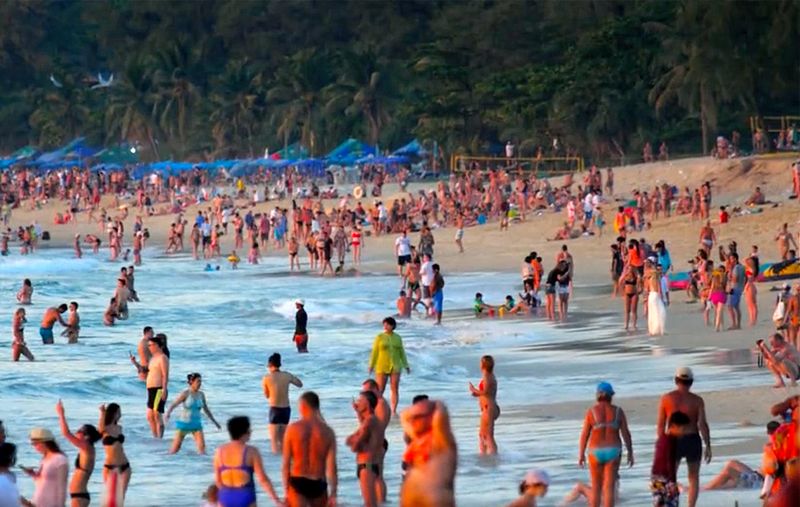
Phuket’s tropical appeal draws countless visitors annually, yet the island feels the pressure. Beaches, once pristine, are now packed with sunbathers. The local culture often takes a backseat to tourist demands.
Environmental concerns mount as development continues unabated. While tourism powers the economy, it challenges sustainability. Phuket’s allure is undeniable, but the strain on its resources is evident. The island’s natural beauty is overshadowed by its own appeal.
Rome, Italy
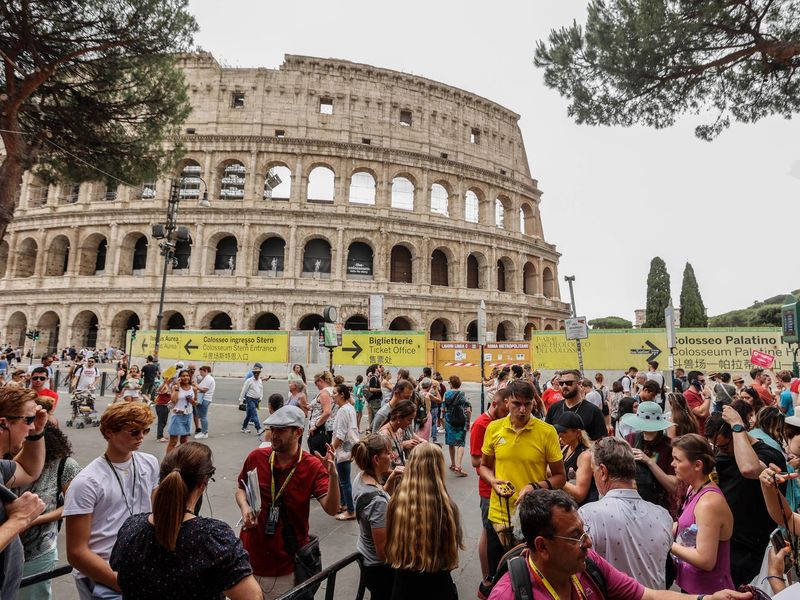
Rome, a city steeped in history, contends with the burden of overtourism. Iconic sites like the Colosseum overflow with visitors, challenging preservation. The vibrant street life now feels congested, impacting local routines.
Italian cafes, once filled with locals, cater to tourists, driving prices up. While the city remains a cultural cornerstone, its essence feels diluted. Rome’s grandeur is overshadowed by the throngs it attracts, as efforts to manage tourism continue.
Prague, Czech Republic
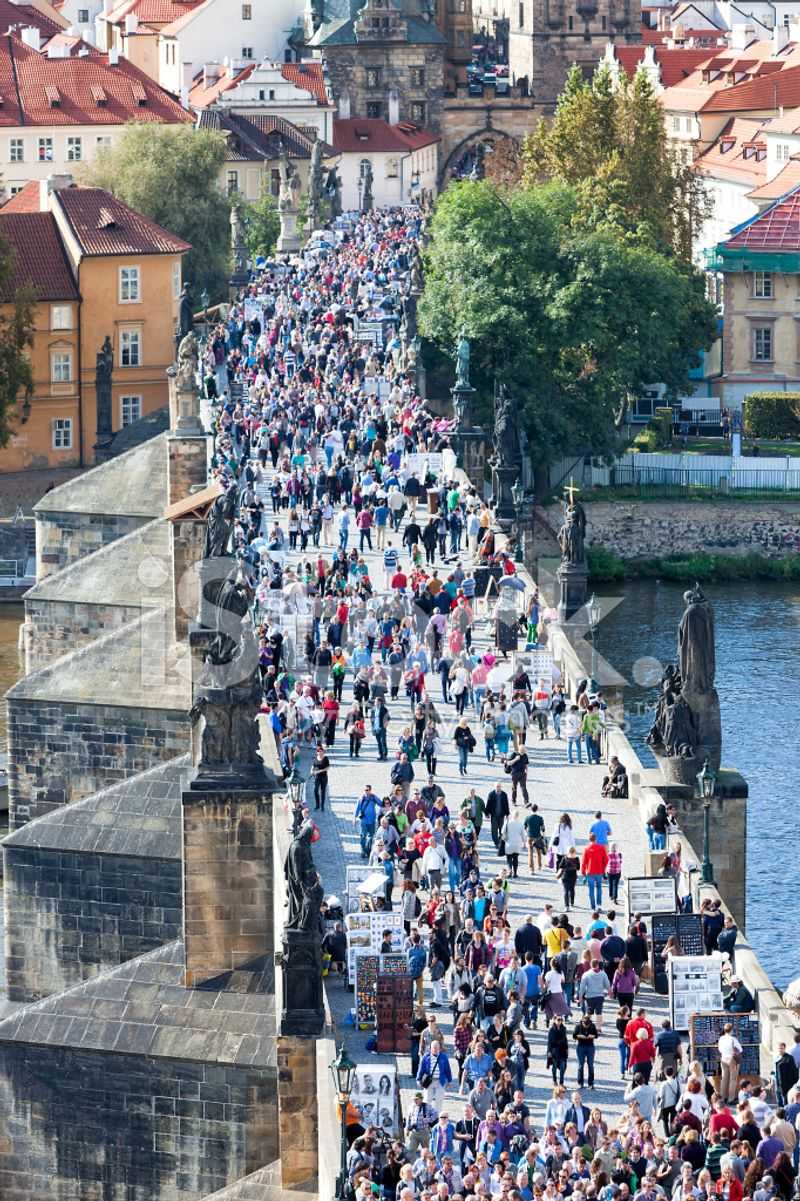
Prague’s fairy-tale architecture and rich culture draw many, yet overtourism challenges the city. Charles Bridge, a historic landmark, bustles with visitors, making peaceful strolls rare.
The Vltava River, once serene, is cluttered with tourist boats. Authentic experiences are often overshadowed by commercialization. While efforts to manage tourism are in place, the city’s charm feels compromised. Prague’s allure is hard to savor amidst the crowd.
Lisbon, Portugal
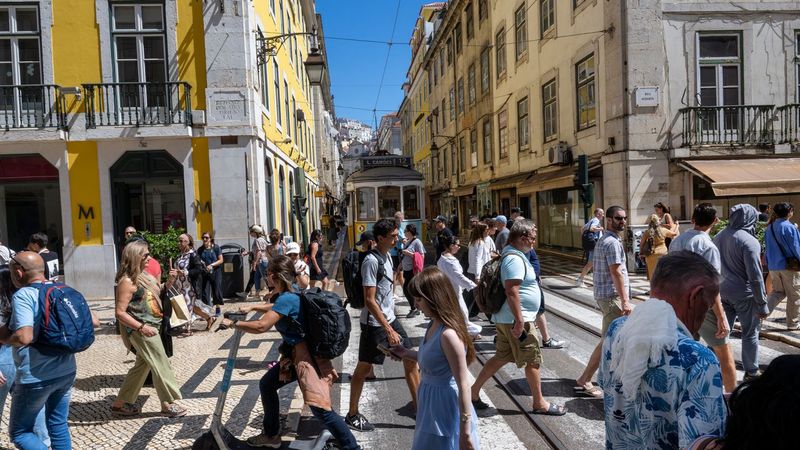
Lisbon’s vibrant culture and stunning vistas attract many, yet the city grapples with its popularity. Trams, iconic to Lisbon, now struggle through congested streets filled with tourists. The unique tiles and architecture are often obscured by crowds.
The cost of living rises, pushing residents out. While tourism boosts the economy, it comes with challenges. Lisbon’s charm is hard to appreciate when navigating the throngs. Efforts to balance tourism with local life continue, as the city seeks to preserve its essence.
New York City, USA
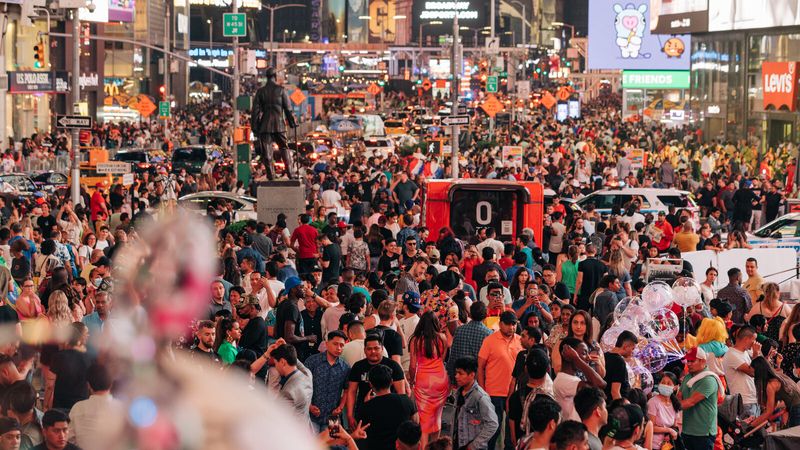
New York City’s energy and iconic landmarks draw millions, yet the city struggles to accommodate them all. Times Square, known for its bright lights, becomes a maze of visitors.
Street performers vie for attention amidst the bustling crowd. While tourism significantly contributes to the economy, it also adds pressure. The city’s vibrancy is overshadowed by the masses that flock to its attractions. Efforts to manage the flow continue, as New York strives to maintain its unique allure.
Bangkok, Thailand
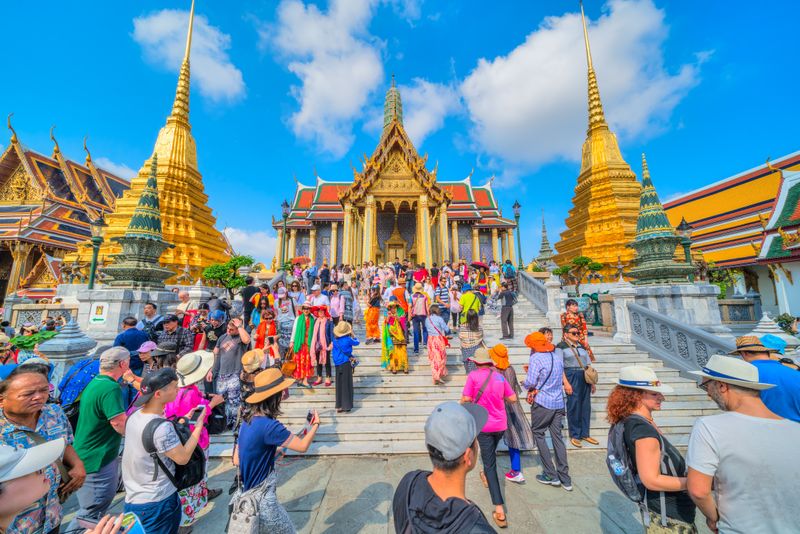
Bangkok’s rich history and vibrant street life attract many, yet the city feels the strain of overtourism. The Grand Palace, a symbol of Thai culture, is often overcrowded, making it hard to appreciate its beauty.
Street markets, filled with local delicacies, now also cater heavily to tourists. While tourism boosts Bangkok’s economy, it also challenges local traditions. The city’s essence feels overshadowed by its own allure, as efforts to balance continue.
Copenhagen, Denmark
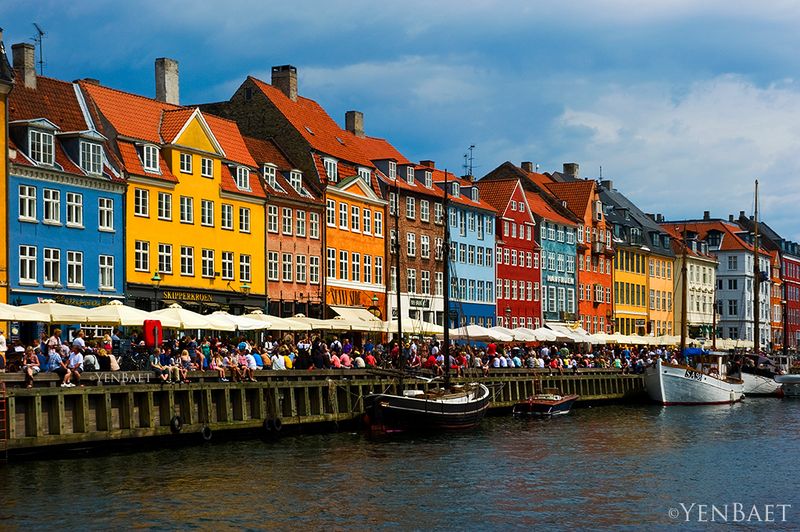
Copenhagen’s charm and innovative spirit attract many, yet overtourism challenges its allure. Nyhavn, with its colorful houses, often bustles with visitors, making it hard to enjoy the serene canal views.
Boats filled with tourists share the waterways, impacting local life. While tourism supports the economy, it also strains resources. Copenhagen’s essence feels overshadowed by its own popularity as efforts to manage tourism continue.
London, England
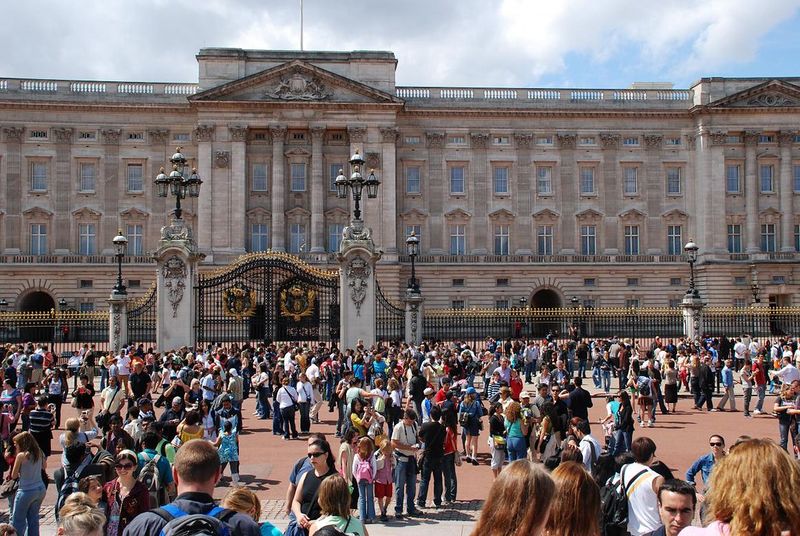
London, rich in history and culture, constantly attracts tourists. Iconic sites like Buckingham Palace are consistently crowded, overshadowing historic significance. The royal guards stand stoically amid the throng.
Historic architecture competes with modernity as the city evolves. While tourism boosts the economy, it also challenges preservation efforts. London’s allure remains, yet its essence feels diluted by the constant influx. Efforts to balance tourism with local culture continue.

